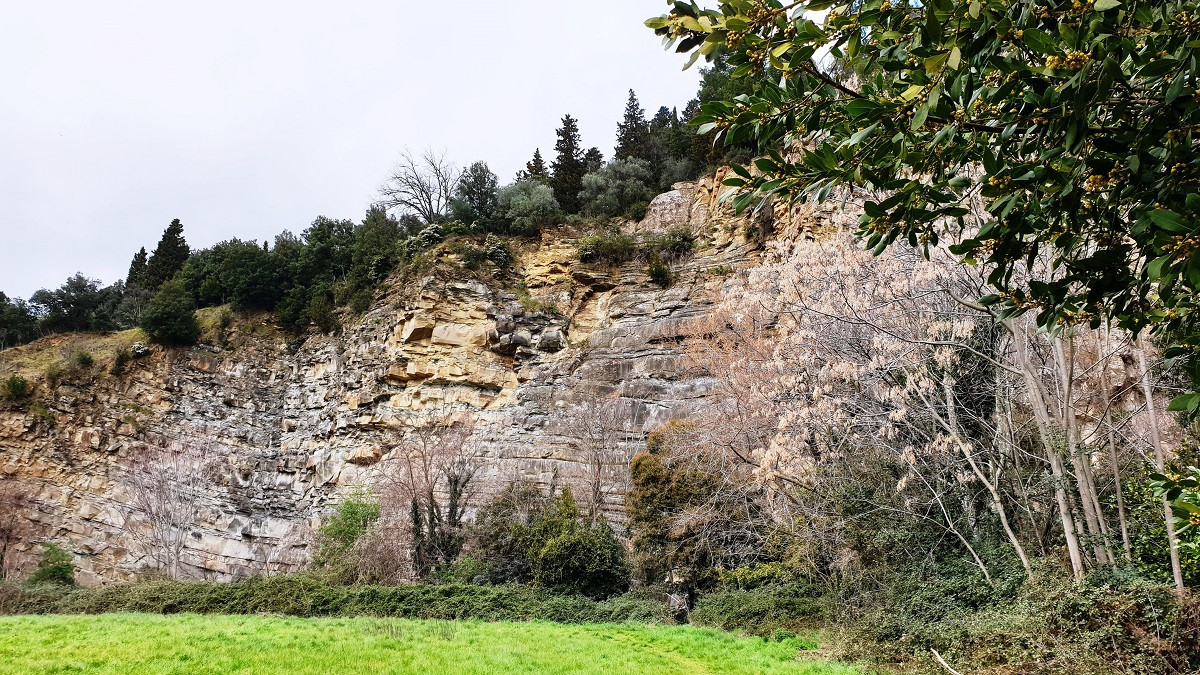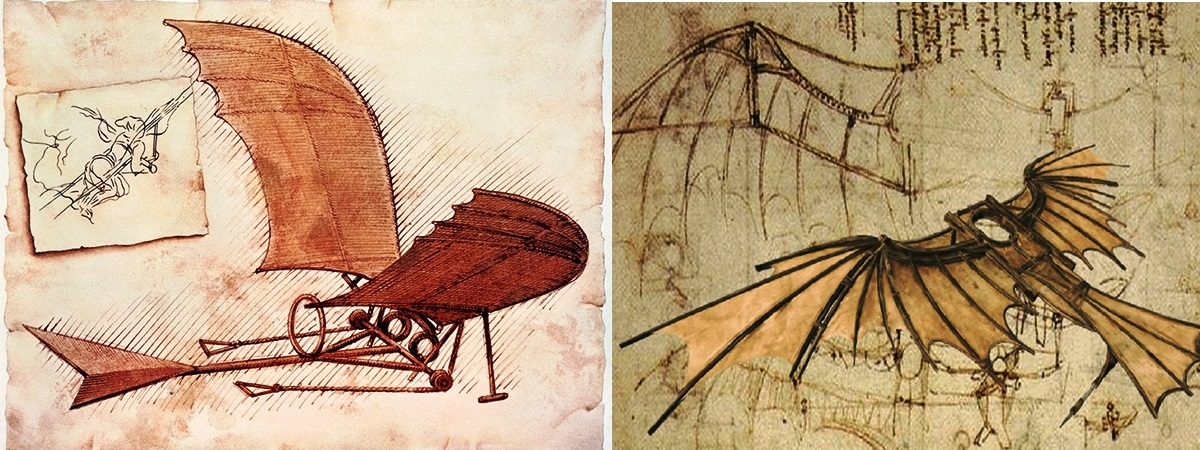
Excursions out of Florence - Le Cave di Maiano
Monte Ceceri is a hill between Fiesole and Settignano north of the city. A protected natural area, very popular with Florentines for walks and picnics, and for climbing. It is said that the name of the place derives from the nickname given by the Florentines to swans, once present in large numbers on this hill, called "ceceri" because the growth on their beak resembles a chickpea (cece). Today the mount is covered by a dense forest of pines, cypresses, oaks and lime trees, but until the early 1900s it was completely barren because here, since the 1400s, was extracted the sandstone used to build Florence. The Etruscans had already used it to build the walls of Fiesole and the tombs of Comeana.
Also used to build Il Laghetto delle Colonne in the nearby Fattoria di Maiano, pietra serena can be found in all the Renaissance architecture of Florence. The last building it was used for is the National Central Library of Florence, inaugurated in 1935.
Michelangelo Buonarroti, according
to the custom of the time, was put into the care of a wet-nurse in this area,
in Settignano, and spent his childhood with a family of scalpellini (stonecutters), who worked in the quarries. When asked
why he preferred sculpture above all the other arts, Michelangelo used to tell
of this period of his life among the stonemasons, where he had drunk "milk mixed with marble dust."
The path that connects Fiesole and Settignano through Monte Ceceri is called
now sentiero
degli scalpellini (path of the stonemasons).
In 1600, given the importance of the quarries, the Medici government forbade building houses in the area and using the land on the hill for different purposes. Only two small villages were built, Borgunto at the top and Maiano at the bottom, both inhabited exclusively by stonemasons. The quarries were of two types: open-air called “tagliate” and the “latomie”, tunnels dug into the rock following the veins of pietra serena. The most famous latomia, which has become a monument, is the Braschi Cave.
Monte Ceceri is also known for Leonardo da Vinci's flight experiments. Tradition tells that one of his pupils named Tommaso Masini, known as Zoroastro da Peretola, tried to fly with the flying machine built by Leonardo and designed in the Codex on the flight of birds, kept in the Royal Library of Turin. The attempt was unsuccessful and it seems that Zoroaster broke his legs. Leonardo himself speaks of it, writing:
"From the mountain, which bears the name of the great bird, the famous bird will take flight, which will fill the world of its great fame ... The great bird will take its first flight, above the back of its great cecero, filling the universe with amazement, all the writings of his fame and eternal glory the nest where he was born "
Today the lower part of
the hill has a 25 m high rock wall, which is used for the practice of rock climbing,
using spiked ropes with anchor plates. In front of the rock wall there is a wide
and beautiful lawn, suitable for picnics and to relax. A truly idyllic
atmosphere.

The
quarries "tagliate" in the
open air and the "latomie".

Leonardo Da Vinci's flying machines.



